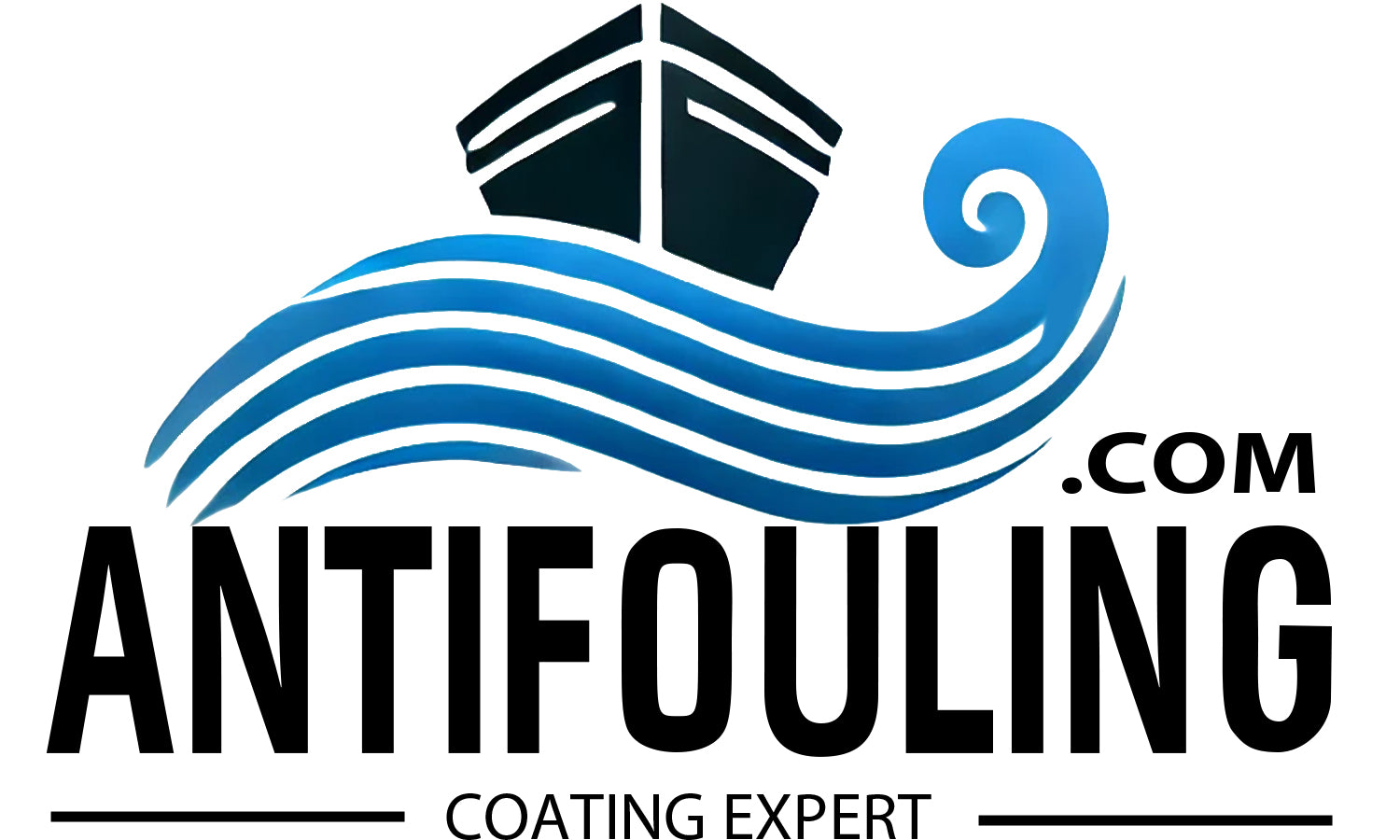Safety when working with antifouling
Safety information when working with antifouling
Antifouling is an essential protective coating for boats to prevent growth of algae, mussels and other organisms. However, working with antifouling products requires special care as they contain chemical agents that can be harmful not only to the growth but also to people and the environment. In this article, you will learn how to work safely and efficiently with antifouling and what protective measures are necessary.
1. Why is caution necessary when applying antifouling?
Antifouling products often contain biocides and other chemicals that prevent organisms from settling on the underwater hull. These active ingredients are highly effective, but if used improperly, they can:
- irritate skin and eyes,
- be toxic if inhaled or swallowed,
- pollute the environment, particularly water and soil.
Proper handling minimizes the risk to your health and the environment.
2. Preventive measures and alternatives
In addition to the use of antifouling, there are preventive and environmentally friendly alternatives:
- Mechanical alternatives: Regular cleaning of the underwater hull, drying out and good ventilation can prevent growth.
- Environmentally friendly solutions: The use of silicone-based or biocide-free coatings offers a sustainable alternative.
- Minimizing the use of biocides: Targeted dosing and application reduces the use of harmful substances without compromising the protective effect.
3. Protective clothing: your first line of defense
Always wear appropriate protective clothing when working with antifouling. This includes:
- Respiratory mask (FFP2 or FFP3): Protects against inhalation of fine paint particles and vapors.
- Protective gloves: Chemical-resistant gloves to avoid skin contact.
- Safety glasses: Prevents paint splashes from entering the eyes.
- Long-sleeved clothing: Protects arms and legs from direct contact with the paint.
- Head protection: When working overhead, e.g. on the boat hull.
4. Intended use
- Instructions for use: Always follow the manufacturer's instructions to ensure safe and effective use of the products.
- Restrictions: Do not use antifouling products in sensitive areas such as nature reserves or ecologically critical waters.
- Dosage: Make sure you use it correctly and avoid overdosing. This will ensure maximum effect with minimal risk to the environment.
5. Risks and risk mitigation measures
- Ecological risks: Antifouling can harm aquatic organisms and should therefore be used responsibly.
- Protective measures: Always wear recommended protective clothing and use a well-ventilated work environment.
- Risk reduction: Choose application times and locations carefully, e.g. outside sensitive areas or in good weather conditions, to avoid uncontrolled release.
6. Precautions in case of spillage or release
- Accidents: If antifouling is spilled, immediately absorb it using absorbent materials such as sand or binding agents. Avoid letting the substance enter the drains.
-
First Aid:
- In case of skin contact: Remove paint immediately with soap and water. Do not use solvents.
- In case of eye contact: Rinse eyes with water for at least 15 minutes and seek medical attention.
- If inhaled: Move to fresh air. If symptoms persist, consult a doctor.
- Cleaning: Clean tools and equipment thoroughly with suitable solvents. These should be disposed of safely.
7. Storage and disposal
- Safe storage: Store antifouling products in a cool, dry place and out of the reach of children. Avoid direct sunlight and frost.
- Proper disposal: Dispose of leftover materials and empty packaging at a collection point for hazardous waste. Paint residues must never be disposed of in the wastewater.
8. Environmentally friendly work
- Biocide-free products: Consider environmentally friendly, biocide-free antifoulings if your waters and boat type allow it.
- Avoid waste water: Prevent residues from entering the sewer system or directly into the water during cleaning or work.
9. Conclusion: Safety first
Working with antifouling requires care and preparation to protect yourself, others and the environment. With the right protective clothing, a safe work environment and environmentally friendly disposal, you can minimize risks. Antifouling is an important part of boat care, but should always be handled with respect for the chemicals it contains. Follow the safety precautions mentioned to work effectively and safely.
